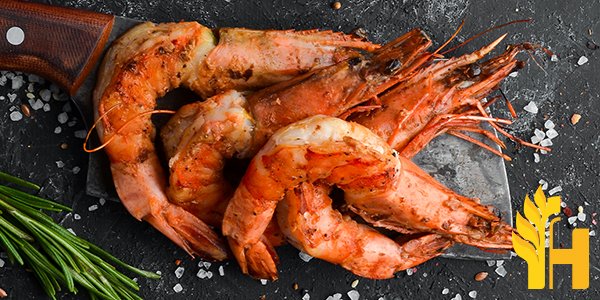Langoustine price

Where to buy and sell Langoustine, lowest (cheapest) and highest price.
check offers buy sell LangoustineToday price for LangoustineLangoustine wholesale prices 2022
The Current commodity price of Langoustine per kg, pound in the world in the global markets
Langoustine
Nephrops norvegicus is a slim, orange-pink lobster that grows up to 25 cm (10 in) long, and is "the most important commercial crustacean in Europe". It lives in the northeastern Atlantic Ocean, and parts of the Mediterranean Sea, but is absent from the Baltic Sea and the Black Sea. Adults emerge from their burrows at night to feed on worms and fish. Nephrops norvegicus is a popular seafood choice, especially in Europe, where it is known as the Norway lobster, Dublin Bay prawn, langoustine, or scampi. It is considered a delicacy due to its sweet and succulent meat. Thanks to its widespread distribution and high commercial value, Nephrops norvegicus is one of the most important crustaceans in the world. As a result of its popularity, Nephrops norvegicus is often targeted by illegal poaching operations. In recent years, the populations of several European countries have suffered from overfishing, and as a result, the prices of Nephrops norvegicus have increased significantly. This has posed a major threat to the commercial viability of the industry. Despite these challenges, Nephrops norvegicus is still a very important part of the European seafood market. It is a versatile crustacean that can be cooked in a variety of ways, and its sweet and succulent meat is highly prized by seafood lovers. Thanks to its wide distribution and high commercial value, Nephrops norvegicus is one of the most important crustaceans in the world. Nephrops norvegicus is a valuable commercial species. In Europe, it is the most important lobster species, accounting for over 60% of the total lobster catch. The high demand for Nephrops norvegicus has resulted in significant overfishing, which has caused its populations to decline in many parts of its range. In order to ensure the long-term sustainability of this valuable resource, it is important to manage Nephrops norvegicus fisheries using sound scientific principles. Nephrops norvegicus is a delicious and healthy seafood choice. Its sweet and succulent meat is a favorite of seafood lovers everywhere. It is also high in protein and omega-3 fatty acids, making it a nutritious addition to any diet. Thanks to its wide distribution and high commercial value, Nephrops norvegicus is one of the most important crustaceans in the world.Global langoustine production
The langoustine is a type of lobster that is found in the waters around Europe and North America. It is a popular seafood dish, and its delicate flavor has made it a favorite of chefs around the world. Langoustines are typically harvested by trawling, although some smaller fisheries use hand-held nets. The catch is then brought to shore, where the langoustines are sorted and graded. The vast majority of langoustines are frozen at sea and sold to buyers in Europe and North America. The global production of langoustines has been increasing in recent years, due to the growing demand for this delicious seafood. In 2016, the total production of langoustines was estimated at 18,000 tonnes. The majority of this catch came from Europe, with France being the largest producer. Langoustines are a popular seafood dish that is enjoyed by people all over the world. If you have never tried this delicious seafood, then you should definitely give it a try!Download our new
Husfarm App
Stay up to date with the current prieces of agricultural products all over the world.
Do you want to sell agricultural products?
Are you an Agricultural processor looking for high-quality products to buy?
Post an ad for FREE!
